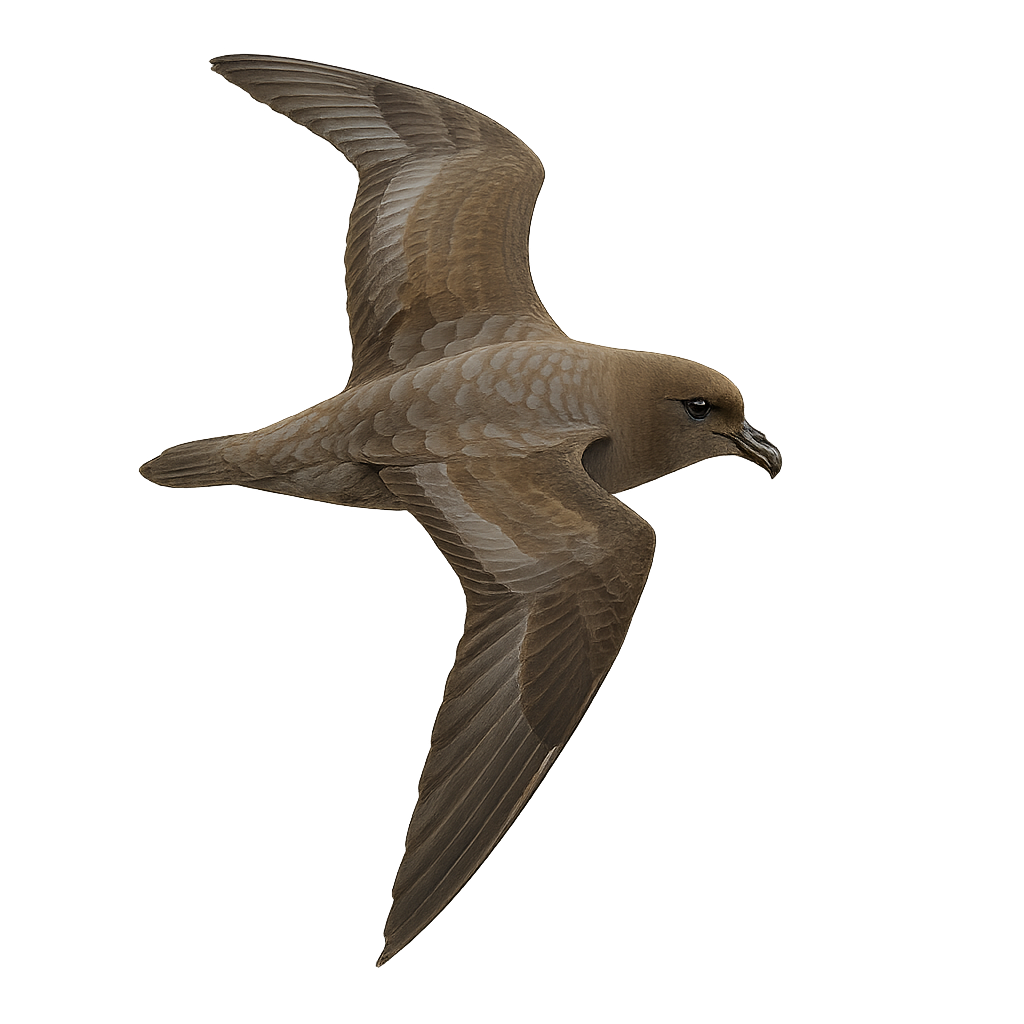Your wildlife photography guide.
Explore the murphy's petrel in detail, study its behavior, prepare your shots.
Where to observe and photograph the murphy's petrel in the wild
Learn where and when to spot the murphy's petrel in the wild, how to identify the species based on distinctive features, and what natural environments it inhabits. The WildlifePhotographer app offers tailored photography tips that reflect the murphy's petrel’s behavior, helping you capture better wildlife images. Explore the full species profile for key information including description, habitat, active periods, and approach techniques.
Murphy's Petrel
Scientific name: Pterodroma ultima

IUCN Status: Near Threatened
Family: PROCELLARIIDAE
Group: Birds
Sensitivity to human approach: Suspicious
Minimum approach distance: 10 m
Courtship display: January to March
Incubation: 50-55 jours
Hatchings: March to May
Habitat:
oceans, remote islands
Activity period :
Mainly active at night, generally discreet during the day.
Identification and description:
The Murphy's Petrel, or Pterodroma ultima, is a medium-sized seabird belonging to the Procellariidae family. It is primarily found in the South Pacific, especially around the Pitcairn Islands and the Tuamotu Archipelago. This bird is characterized by its gray-brown plumage, long slender wings, and graceful, agile flight. The Murphy's Petrel feeds mainly on fish and squid, which it catches by diving into the ocean. It nests on remote islands, digging burrows in the ground to lay its eggs. Although its conservation status is concerning, efforts are underway to protect its breeding habitats.
Recommended lens:
400mm – adjust based on distance, desired framing (portrait or habitat), and approach conditions.
Photography tips:
To photograph the Murphy's Petrel, it is advisable to use a telephoto lens of at least 400mm to capture detailed images from a distance. Since this bird is primarily nocturnal, it may be useful to plan photo sessions at dusk or dawn when the light is soft. Ensure to maintain a safe distance of at least 10m to avoid disturbing the bird in its natural habitat. Be patient and wait for the bird to come closer to get striking shots.
The WildlifePhotographer App is coming soon!
Be the first to explore the best nature spots, track rutting seasons, log your observations, and observe more wildlife.
Already 1 430 wildlife lovers subscribed worldwide

